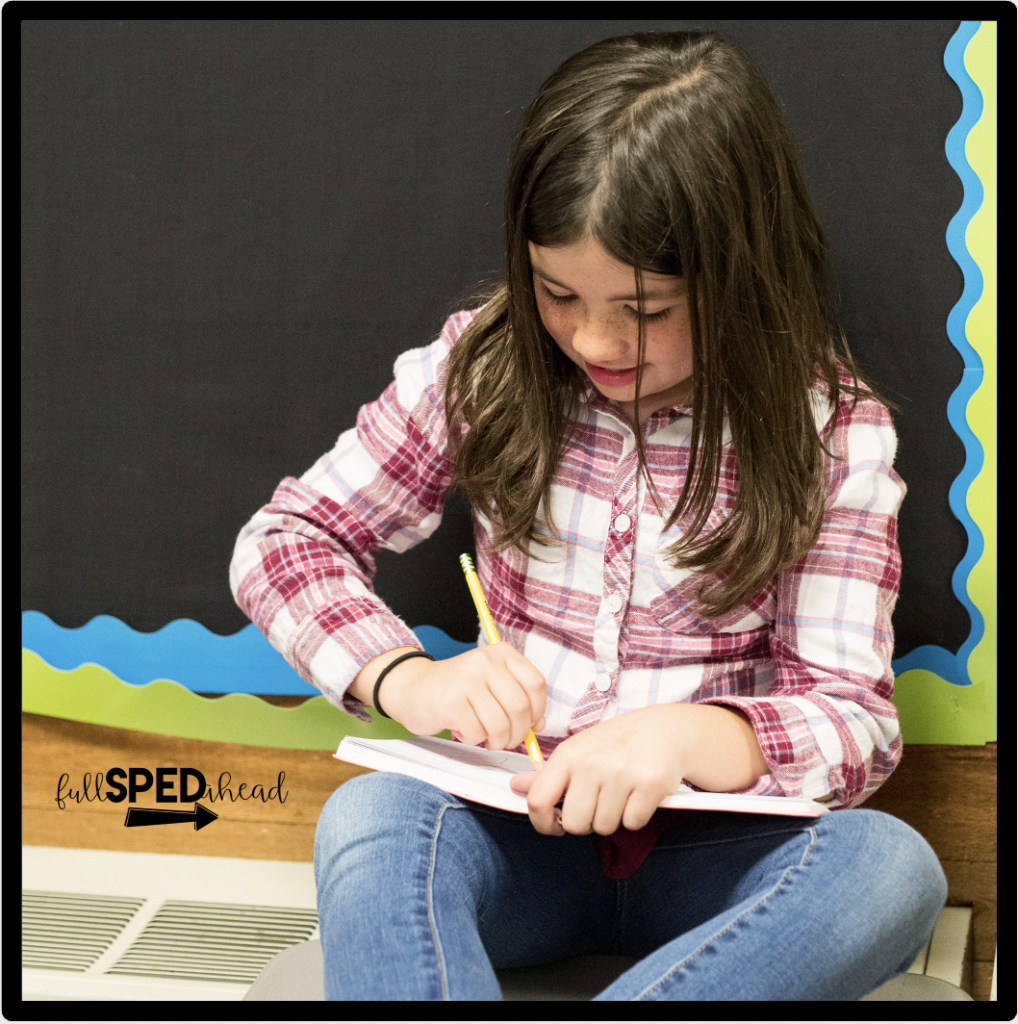As the new school year begins, it’s important to start the year feeling prepared and organized. Here are some valuable back to school tips for both self-contained and resource room special education teachers to help you get organized and create a supportive learning environment for your students.

1. Create a Structured Environment
2. Use Visual Supports
I say always use visuals whenever and wherever you can!
3. Maintain an Organized Space
4. Develop Individualized Plans
5. Build Strong Relationships
Grab this free parent communication form for back to school!
6. Set Clear Expectations
8. Prioritize Self-Care
Teaching can be demanding, so it’s important to take care of yourself. Set aside time for yourself for relaxation and hobbies. Regular self-care ensures you’re at your best for you and your students. By implementing these tips, you can create an organized, supportive, and effective learning environment for your students. Here’s to a successful and rewarding school year!
Read more back to school tips:
What are you looking for?
COPYRIGHT © 2025 Full SPED Ahead